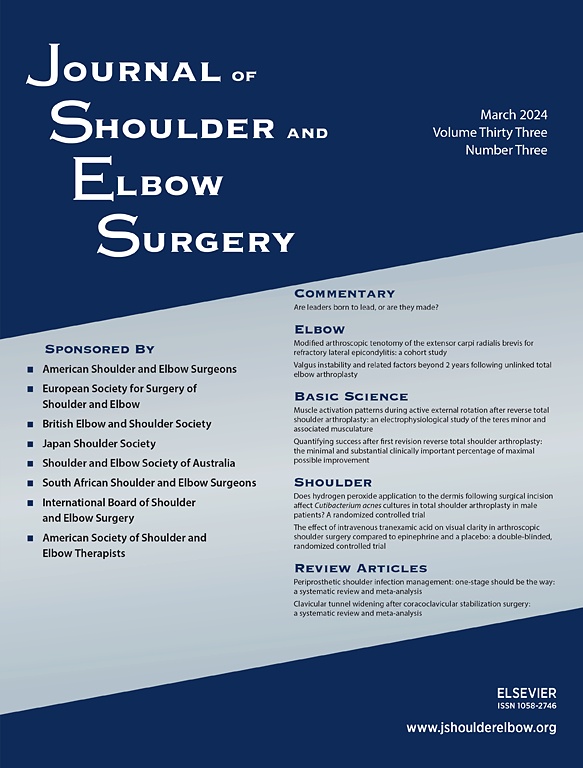
Potential improvement in vascularization following rotator cuff repair with L-PRF

Potential improvement in vascularization following rotator cuff repair with L-PRF
Increased vascularization during early healing after biologic augmentation in repair of chronic rotator cuff tears using autologous leukocyte- and platelet-rich fibrin (L-PRF): a prospective randomized controlled pilot trial
J Shoulder Elbow Surg. 2014 Jan;23(1):3-12. doi: 10.1016/j.jse.2013.08.017Synopsis
20 patients with a chronic full-thickness rotator cuff tear were randomized to undergo arthroscopic repair either with or without the application of leukocyte- and platelet-rich fibrin (L-PRF). The purpose of this study was to determine if L-PRF increased vascularization of the rotator cuff over the first 3 postoperative months. The results at 6 weeks indicated that vascularity was, indeed, improv...
To view the full content, login to your account,
or start your 30-day FREE Trial today.
FREE TRIAL
LOGIN
Forgot Password?
Explore some of our unlocked ACE Reports below!

Learn about our AI Driven
High Impact Search Feature
Our AI driven High Impact metric calculates the impact an article will have by considering both the publishing journal and the content of the article itself. Built using the latest advances in natural language processing, OE High Impact predicts an article’s future number of citations better than impact factor alone.
Continue



 LOGIN
LOGIN

Join the Conversation
Please Login or Join to leave comments.